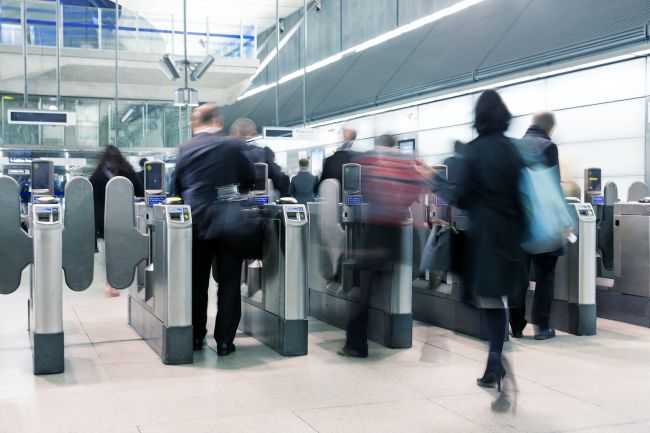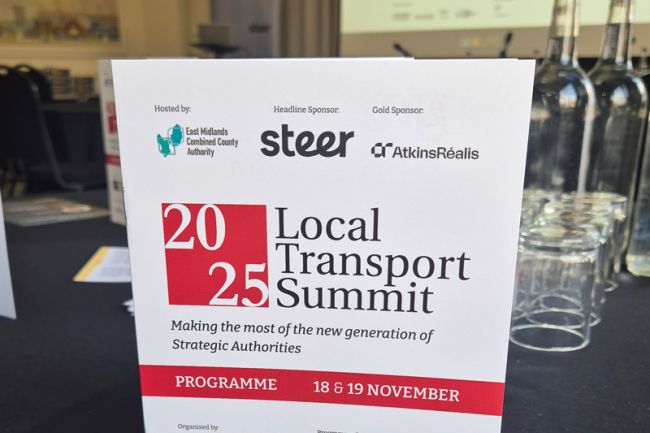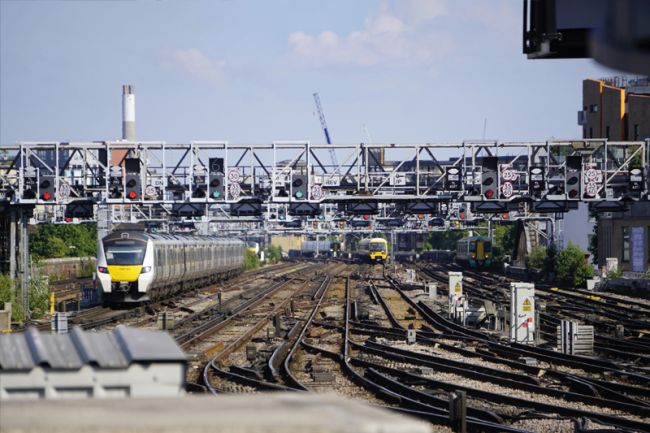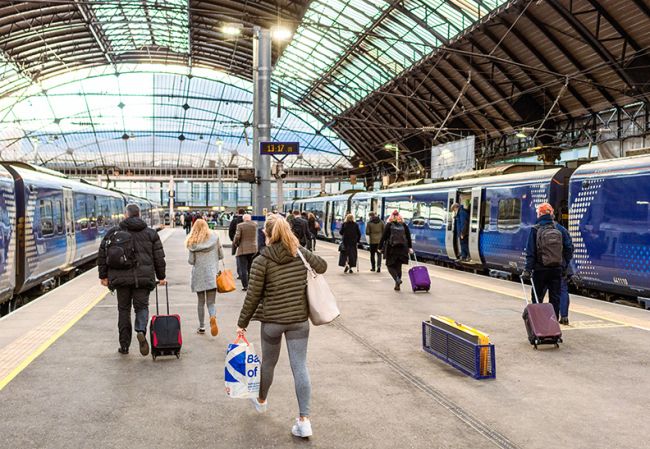Get ready! Get set! Get the stations India deserves!
The Indian Government has announced ambitious plans to encourage private sector proposals for the redevelopment of 400 railway stations.
The Indian Government has announced ambitious plans to encourage private sector proposals for the redevelopment of 400 railway stations.
Indian Railways has for a long time acted as the backbone of the country’s economic and social development. A combination of being a vertically integrated organisation in public sector hands, a colonial legacy and oversight by political paymasters has led to the railways serving social needs often at the cost of an efficient railway operation. It is now one of the largest employers in the world with over 1.1 million employees and though its own responsibilities are wide-ranging (including running schools and hospitals), the recent trends are declining investment in its infrastructure and operations. The concerning headline is that rail’s mode share amongst both passengers and freight has seen a downward trend.
The current Indian Government has sought to reverse this decline by modernising the railway to suit the changing and increasing needs of a growing nation. It has set up an advisory panel, which has recommended in a draft report, a gradual move towards commercialisation of the railways, amongst other initiatives. This would include implementation of better accounting standards and a move towards full separation of the infrastructure management and train operations, similar to the structure followed in Europe and, particularly, the UK where the functions are provided by different companies.
Another tangible move towards commercialisation is the Government’s recent announcement to invite proposals for the redevelopment of 400 stations across the country. The Government wants to involve private sector players on a ‘Swiss challenge’ basis — a bidder would put forward their proposal for developing specific stations, which will then be open to a counter bid by other bidders. The Government hopes that this initiative will spur new investments and approaches in the railway on a PPP basis. However, in our experience, to achieve mutual success both the public and private sectors will need to approach the competition opportunity in a fully informed manner.
We would argue that to achieve success the public and private sector need to:
- identify, optimise and articulate the benefits (economic, social and commercial) of any proposal;
- be empathetic to the needs of the railway to reduce whole-life costs, build in flexibility and offer implementable solutions;
- deliver community benefits that provide momentum and support for development; and
- master the technical, commercial and regulatory challenges.
Understanding and sizing the station opportunities
Railway stations have long acted as the focus of growth in urban and rural areas across the world. However, understanding the impact of that growth in local cities and regions has not always been easy to estimate. We undertook independent research for Network Rail, the UK’s rail infrastructure owner, to understand how investment in its 2,500 stations contributed to local and national economic growth and the critical success factors for successful development schemes.
We gathered insights from interviews, developed case studies and used empirical research to draw our conclusions. Observations we made include:
- In one city, we saw a 33% increase in property values within the vicinity of a redeveloped station.
- The taxable values for property within 400 metres of another city centre station increased by 67% in just five years — three times the increase seen elsewhere in the city.
- For another station scheme, we identified benefits between five and seven times greater than those derived using the established UK appraisal benefit approach.
- Retail sales at Network Rail’s stations continuously grew at a faster rate, often a multiple of five times, compared to UK town centre retail sales.
There are various lessons that are relevant for Indian railway stations redevelopment plans that can be learnt from the evidence that we collected. Economic returns are the greatest where the following attributes can be optimised:
- access to train services that offer connectivity to local and national destinations;
- provision of pedestrian and modal access with sufficient capacity to provide for further passenger demand beyond current levels;
- attractive places to live, work and invest that provide for density of development;
- providing a high-profile gateway to support a city’s image and perception of a place to invest;
- leveraging development opportunities on railway and/or adjacent land to create new centres of activity with inherent accessibility advantages; and
- creating stations that act as commercial or community centres and destinations in their own rights.
Our work for Amtrak in the USA on five of its largest stations has sought to understand the development opportunities that optimising these attributes might mean in some of the most complex and high profile environments in the world.
Creating an environment and structure that suits public, private and rail operators is not always easy but it can be highly rewarding.
Mastering the Swiss challenge
The Government’s decision to adopt a ‘Swiss challenge’ mode for introducing PPP in railway station redevelopment in India is bold but could be pragmatic. It puts the onus on the initial bidder to invest in preparing a comprehensive business plan for investment. Given the scale of opportunity across the country and the widely different local issues and opportunities, who better to develop a proposal for a station than those with local knowledge?
However, the challenge is not without its own risks. The private sector will need to understand the constraints and parameters for the station. How will the initial bidder’s investment be recognised and rewarded in the subsequent competition? Meanwhile, the Government and the railway will have to play an active role. They will need to provide data, manage the process and evaluate the bids to transparently select the proposal that provides best value.
In our view, the Swiss challenge represents a great opportunity to make real differences to both India’s railway stations and the cities that they serve. The time is opportune for entrepreneurs to seize the mandate and develop successful schemes but they will need a responsive and informed process to work within.























